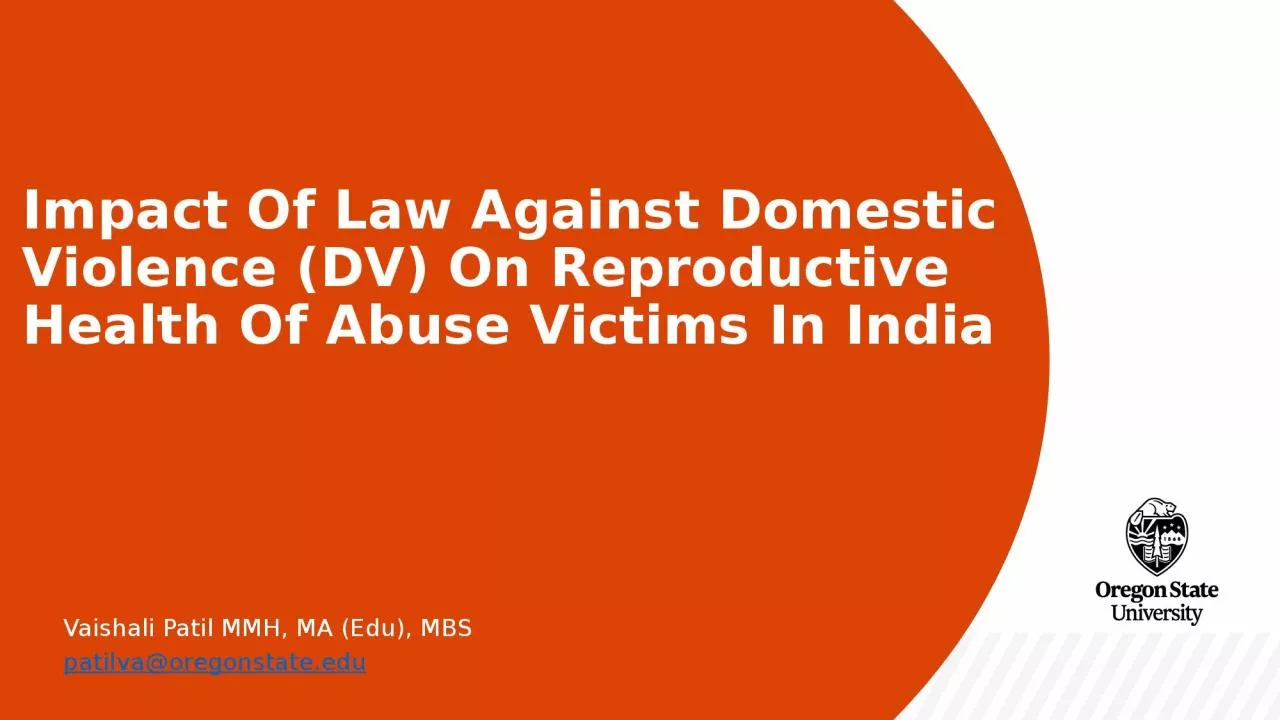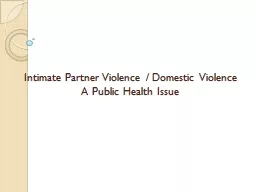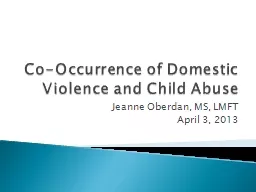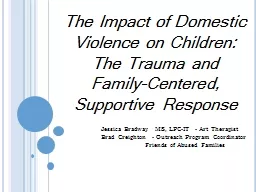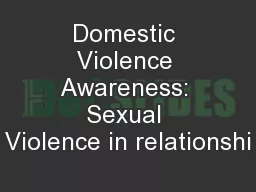PPT-Impact Of Law Against Domestic Violence (DV) On Reproductive Health Of Abuse Victims In
Author : anya | Published Date : 2023-07-05
Vaishali Patil MMH MA Edu MBS patilvaoregonstateedu Domestic violence in India Rigid patriarchal society with gender inequity visible in all areas 2 in 5 37 married
Presentation Embed Code
Download Presentation
Download Presentation The PPT/PDF document "Impact Of Law Against Domestic Violence ..." is the property of its rightful owner. Permission is granted to download and print the materials on this website for personal, non-commercial use only, and to display it on your personal computer provided you do not modify the materials and that you retain all copyright notices contained in the materials. By downloading content from our website, you accept the terms of this agreement.
Impact Of Law Against Domestic Violence (DV) On Reproductive Health Of Abuse Victims In: Transcript
Download Rules Of Document
"Impact Of Law Against Domestic Violence (DV) On Reproductive Health Of Abuse Victims In"The content belongs to its owner. You may download and print it for personal use, without modification, and keep all copyright notices. By downloading, you agree to these terms.
Related Documents

